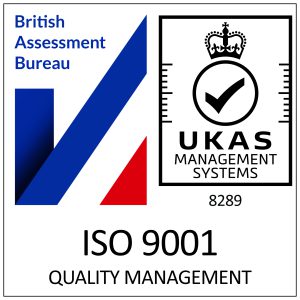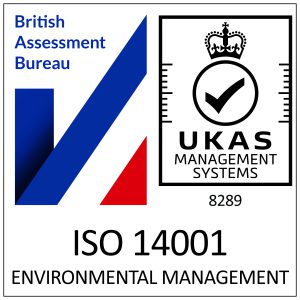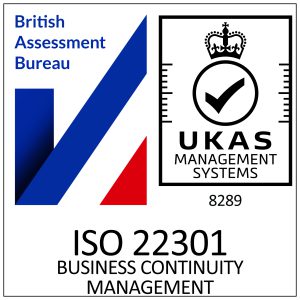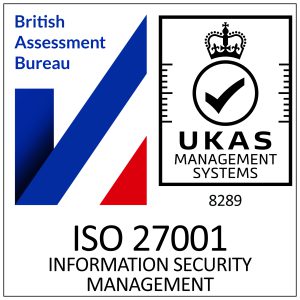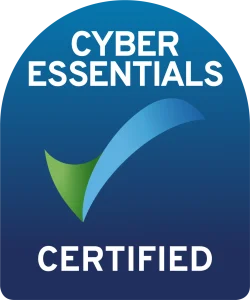How to Conduct a DBS Employer Check: Step-by-Step Guide for Employers
This article will go through how to conduct a DBS Employer check.
Conducting a Disclosure and Barring Service (DBS) check is essential for employers to ensure safe recruitment practices and compliance with legal safeguarding obligations. Whether you’re hiring new employees or regularly updating checks for your workforce, understanding how to request and manage DBS checks efficiently is critical. This guide provides employers with clear steps to initiate and manage a DBS employer check effectively.
For a comprehensive overview of DBS checks, their types, and their importance, see our detailed DBS Checks for Employers page.
Eligibility for Employer-Initiated DBS Checks
Before beginning the application, it’s vital to understand which level of DBS check your organisation requires:
- Basic DBS Check: Suitable for general employment roles not involving regular contact with vulnerable groups. This check reveals any unspent convictions and conditional cautions.
- Standard DBS Check: Used for roles with greater responsibility, such as financial services or security, showing both spent and unspent convictions, cautions, reprimands, and warnings.
- Enhanced DBS Check: Necessary for roles with frequent, close contact with children or vulnerable adults, providing the highest level of detail, including local police-held information.
To apply visit our DBS Checks for Employers page.
Step-by-Step Application Process
Step 1: Select a Registered Umbrella Body
If your organisation isn’t registered directly with DBS, you’ll need to choose an approved umbrella body like DBS Check Online to manage the application process:
- Confirm their registration status via the official DBS registry.
- Check their fees and service reputation before making your choice.
Step 2: Confirm the Applicant’s Identity
You must verify the applicant’s identity by reviewing specific documents. Generally, this includes:
- Valid passport or UK driving licence
- Birth certificate
- Recent utility bills or bank statements (within the last three months)
Step 3: Complete the DBS Application Form
Complete the application form provided by your chosen umbrella body or online through the official DBS portal. Ensure all details are accurate, including:
- Full name and previous names (if any)
- Date of birth
- Address history covering the past five years
- Job role details and reasons for conducting the check
Step 4: Verify and Submit the Application
Double-check all entered details carefully to avoid processing delays. Once you’re certain all information is accurate:
- Submit the completed application form via the umbrella body or online DBS service.
- Pay the relevant fees.
Step 5: Track the Application
After submission, you’ll receive an application reference number. You can use this to track your application’s status online. Processing typically takes around 14 days, though this can vary based on demand and complexity.
Step 6: Receive and Review the Certificate
Once processed, the DBS will issue the certificate directly to the applicant. As an employer:
- Request the original certificate from the applicant.
- Verify that details match your records.
- Keep a secure record (with the applicant’s consent) confirming you have verified their DBS certificate.
Tips for Verifying and Maintaining Records
Effectively managing DBS records is essential for compliance and ongoing safeguarding within your organisation. Consider these best practices:
- Implement a Record-Keeping System: Maintain secure, confidential records of certificate verification dates and reference numbers, ensuring you meet Data Protection Act and GDPR guidelines.
- DBS Update Service: Encourage employees to subscribe to the DBS Update Service. This allows employers to check the current status of a DBS certificate online at any time, significantly simplifying the verification process.
- Scheduled Renewals: Establish regular intervals for DBS renewals (usually every 2–3 years). Keeping certificates up-to-date enhances safeguarding and ensures ongoing compliance.
Conclusion
By clearly understanding eligibility criteria, following a structured application process, and implementing effective record-keeping practices, your organisation can effortlessly manage DBS checks. Doing so not only safeguards your business but also promotes trust and integrity within your workforce.
For further details and to apply visit our dedicated DBS Checks for Employers















